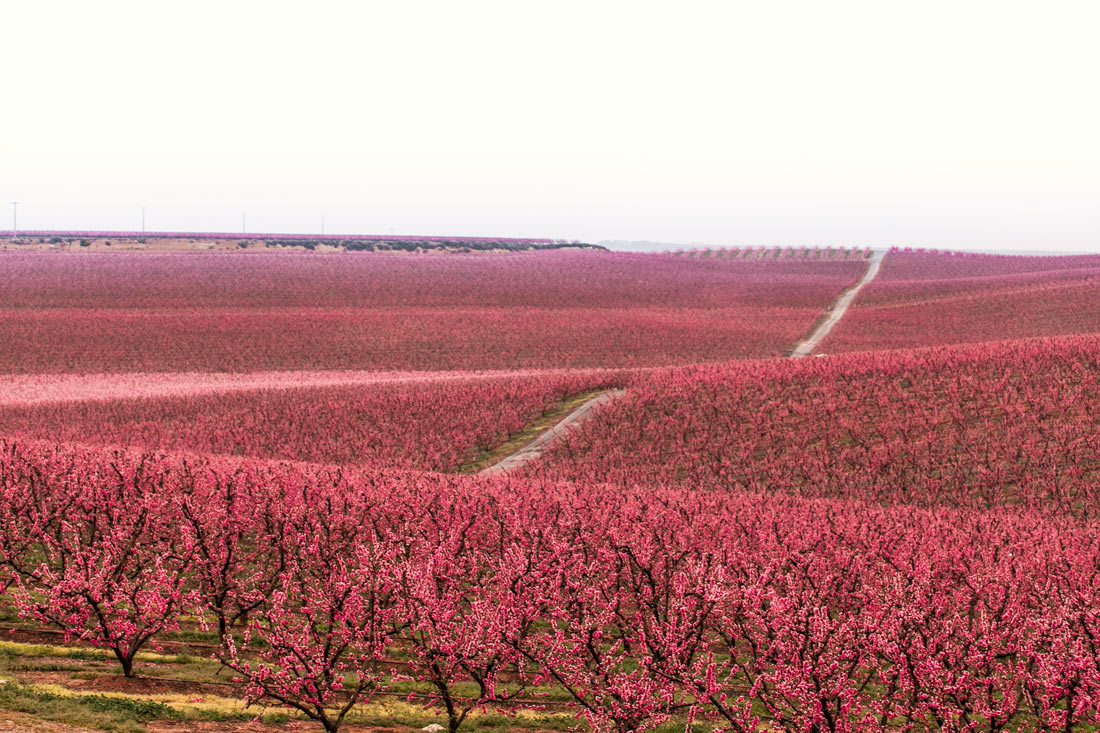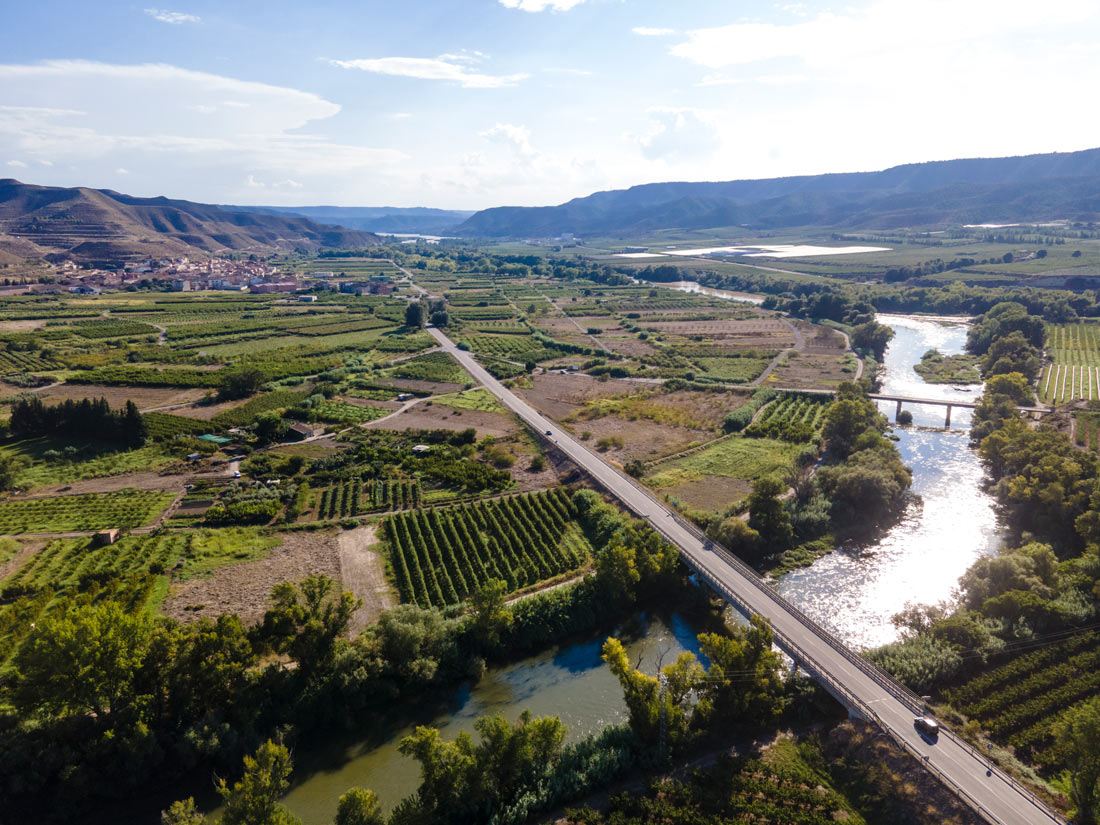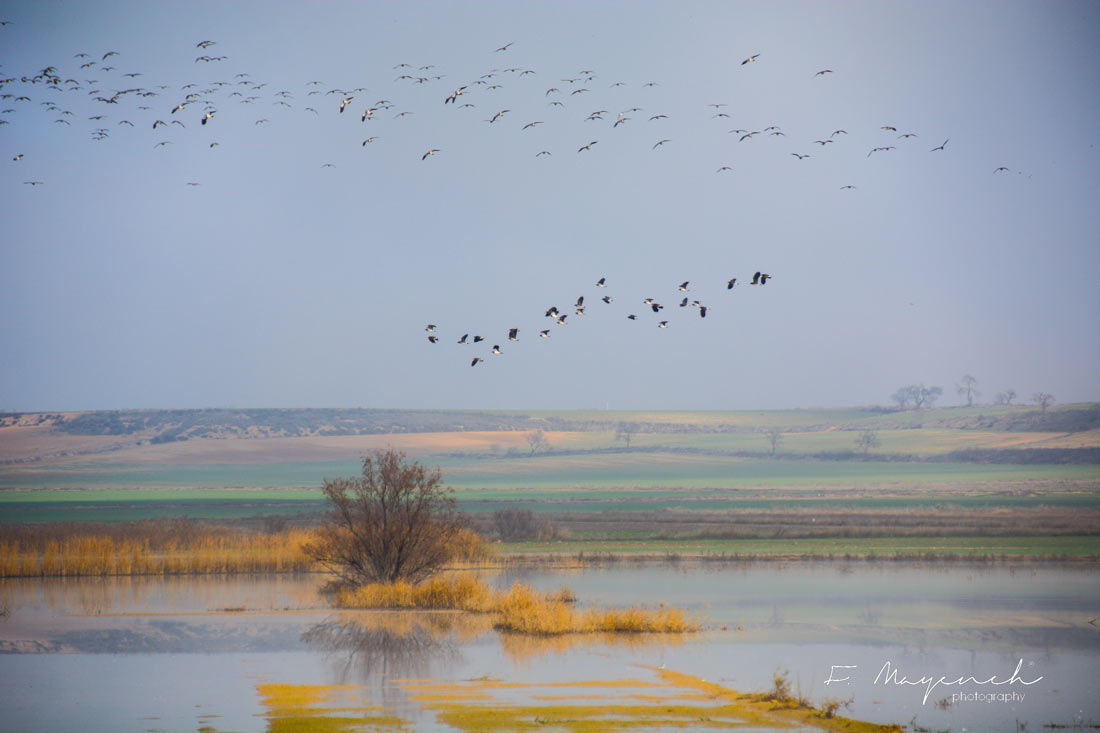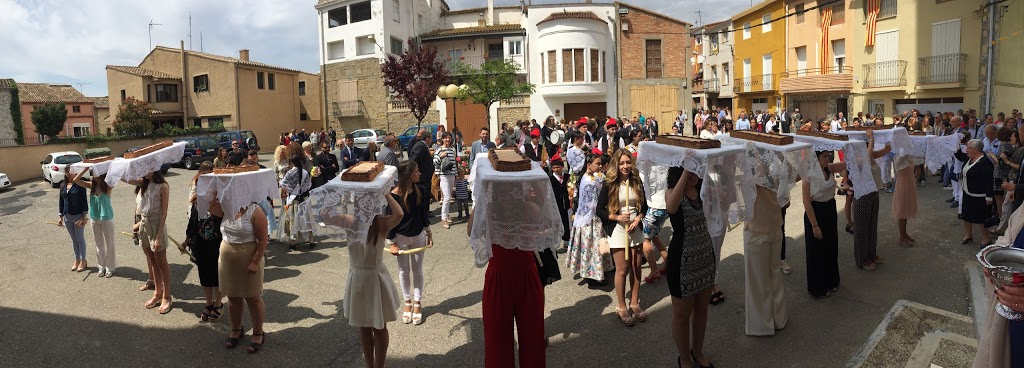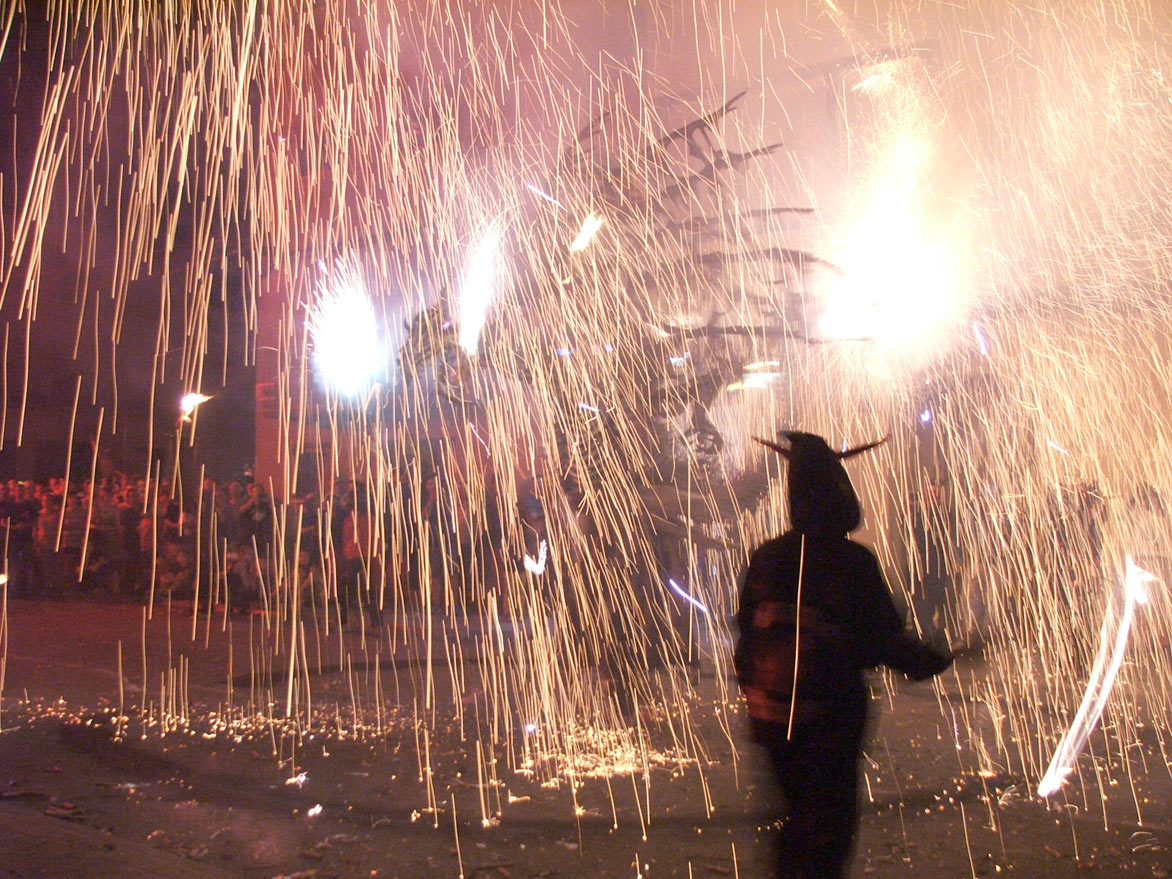INTANGIBLE CULTURAL HERITAGE OF THE PYRENEES AND THE LANDS OF LLEIDA
EL SEGRIÀ
A WEALTH OF CONTRASTS
This is a landscape of contrasts where three glorious colours dominate; the warm earthy colour of the arid regions, where farmers continue to work in the same time-honoured tradition of bygone generations, cultivating olive groves, vineyards, orchards and field crops; the green of the region watered by the River Segre and the Canals d’Urgell, which offers visitors a rewarding trip to smallholder farms and through copious fruit orchards; and the vivid colours of the city of Lleida which, as the local district’s epicentre, has also become its social and cultural heart. With this tricolour palette, El Segrià welcomes everyone to an intangible cultural heritage of strong agricultural tradition and a steadfast devotion to the territory.
The journey
Land and hard work, with or without the constant flow of the River Segre and the Canals d’Urgell, are the backbone to life in El Segrià. This is something the farmers of this paradise, which is also known as Ponent (Western Catalonia), understand all too well, and it is always at the front and in the centre of the minds of the people of Lleida. All over El Segrià, it is possible to find men and women who have dedicated their working lives to enriching this small world of field crops and orchards. The village of Aitona is a rich source of this particular treasure, and visitors are invited to behold the sight of an infinite pink blanket of fruit trees, stretching for miles and miles and as far as the horizon. In March, these orchards become a virtual ocean of flowers. Guided tours to them, provided by Fruiturisme, will have visitors falling in love with this picture postcard landscape, and also create some lasting memories along the way. The aiguabarreig, or confluence of the rivers Segre and Cinca, is yet another of the safely guarded treasures of the Nature of Lleida. The confluence point of the two rivers provides magical scenes full of extraordinary life on the map of El Segrià. Between the villages of Corbins and Vilanova de la Barca, the rivers Segre and Noguera Ribagorçana come together in a smooth and delicate movement that seems almost miraculous. In an awe-inspiring moment, two worlds silently and stealthily become one. Further downstream, at the villages of La Granja d’Escarp, Massalcoreig and Mequiñenza, a proud, fast-flowing River Segre joins the River Cinca and, finally, at Almatret, on the edge of the comarca (local district), the mighty River Ebro takes over, slowly and quietly mesmerising those who observe it. Overwhelmed by the simplicity of this natural beauty, visitors will complete their education in natural beauty at spaces rich in flora and fauna, such as the nature reserves of Utxesa and Mas de Melons, the marshes of Rufea and the Clot de la Unilla, which are lagoons that have become points of reference for migratory birds on their biannual journeys. Hidden behind observation points, it is not hard for visitors to imagine themselves intrepid explorers.
Not to be missed
Aiguabarreigs. The confluence of the rivers Segre and Noguera Ribagorçana at Corbins and Vilanova de la Barca and of the rivers Segre and Cinca at La Granja d’Escarp, Massalcoreig and Mequineñza.
A visit to Almacelles is a must on any Intangible Heritage trip to El Segrià. Visitors will quickly become aware of how the streets here run at right angles to each other, forming a grid. Designed in the 18th century, during the Enlightenment, Almacelles is an example of an urban planning model that is unique within Catalonia. Thanks to this extraordinary honour, this town has become a focus for debate on urban planning and design. A visit to the Josep Mas Dordal Museu d’Arquitectura i Urbanisme (Museum of Architecture and Urbanism) will give visitors a better understanding of the passion that surrounds this particular issue. In sharp contrast to this debate about architectural heritage, Torrebesses offers an opportunity to learn more about the art of dry-stone wall building. Throughout this municipality, there are numerous examples of this craft, including corner walls, vaulted cabins and cisterns, and visitors can marvel at how these walls are still standing after such a long time. These remarkable structures, which are scattered throughout the territory, are a lesson in patience and technique that the farmers of El Segrià have passed on from parents to children, down to the present day.
Urban design and planning from the Enlightenment. Almacelles.
Josep Mas Dordal Museum of Architecture and Urban Planning.
Segrià Sec: Tècnica de construcció de la pedra seca.
Torrebesses.
In El Segrià, the bond between the village and its surrounding farmland is long-established and nowhere is this more evident than at the local festivals. At the Festa Major de Santa Quitèria, in Corbins, it is the girls who take the initiative. A group of women, representing the enduring strength of the village, parade through the village bearing a cake which, under the name of “pa” (bread), is then shared out after it has been blessed at the church. The village then takes to the streets to reaffirm its annual commitment to honouring its patron saint. This comarca certainly knows how to value its history and recognises its importance at festivals which, in turn, are a tribute to those who safeguard them and who conserve the sites and sources of the community’s past. At Puigverd de Lleida, the local residents come together every year to re-enact the Llegenda de Sant Jordi (Legend of Saint George). This performance reunites families and friends in an emotional event that demonstrates the value of community. In Almenar, it is possible to travel back in time at the annual Mercat Medieval (Medieval Market) which commemorates the granting of the town’s charter, by Count Ramon Berenguer IV. Sideshows, craft fairs and food stalls take over the streets for several days and will carry visitors back to the Middle Ages. A trip to the village of Alpicat for the Festa de la Catxipanda involves seeing the local colles (social groups) cook, and enjoy, a traditional dish, made from locally bred and grown treasures such as rabbit, snails, pork, peppers, tomatoes, aubergines and onions. This is yet another opportunity to enjoy a shared meal, centred around a local delicacy. If visitors want to discover the true taste of a tourist destination, this is certainly where they will find it.
If visitors wish to enjoy local dishes, the city of Lleida will seduce them with its Aplec del Caragol (Snailfest), which is a declaration of love for this gastronomic delight and one of the symbols of the city, the local district, and indeed the whole territory. At this gathering, each colla (group of friends) prepares its snails according to its own secret recipe; this makes every meal both special and unique. Never before has a dish had such a uniting influence upon a territory. With paellas and casseroles bubbling away in the sun, the rolling banks of the River Segre, the Camps Elisis, (the city park where the event is held), the colourful flags and the bunting of the penyes (social groups), the music, and the stage shows, fill the air with an intoxicating aroma that is quintessentially Lleida.
Aplec del Cargol. Lleida,
May.
There are also plenty of nocturnal celebrations for visitors to enjoy in El Segrià. A popular fire-based ritual takes place in Artesa de Lleida at the festival of the Enceses del Bestiari de Foc (Fires of the Fire-Beasts), which is a celebration of fire and demons at which colles and grotesque papier-mâché figures turn the streets into a nightmarish inferno. During this roller-coaster adventure, visitors will discover every nook and cranny of this village. With festival after festival and day after day spent out in the fields, the intangible heritage of El Segrià is inextricably intertwined with the land and never fails to seduce its visitors.
